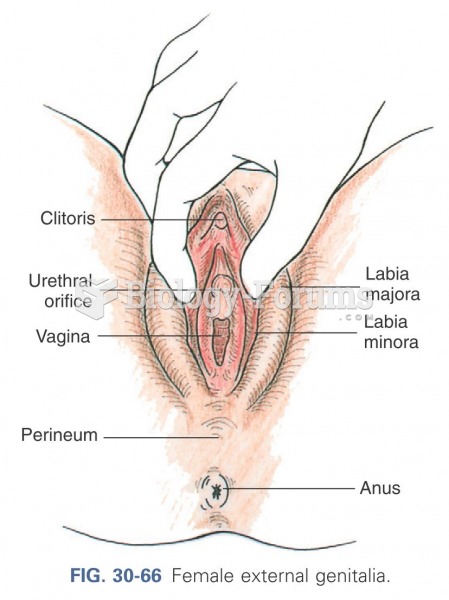Alexia is a 47-year-old black female who was brought to the ED by ambulance after experiencing chest pains at work. She arrived within 40 minutes of onset of the chest pain. Alexia had the presence of mind to take an aspirin before the paramedics arrived at her work. When she arrived at the ED, she was pale, diaphoretic, had dyspnea, and jugular vein distention. Her EKG showed an elevated ST segment. She was immediately taken to the cardiac cath lab for coronary angiography. The findings of the angiogram will dictate her treatment. Now, she has been diagnosed with a STEMI. She has a history of mild COPD for which she is being treated with Singulair.
Dx. STEMI, mild COPD
First-listed diagnosis: ________
Secondary diagnoses: ________
Fill in the blank with correct word.
Question 2
Gail is a 57-year-old woman who was brought to the ED with right-sided weakness, blurred vision, and difficulty speaking. She told the ED registration clerk, I think I'm having a stroke.
The patient has a past medical history of hypertension and is a newly diagnosed type 2 diabetic. She was immediately rushed to a treatment room, and from there, she had an immediate CT of the brain. The CT showed cerebral infarction, due to thrombus of the right middle cerebral artery. Because the patient so quickly realized she was having a stroke, she presented to the ED within 90 minutes of the onset of symptoms. She met all the criteria for t-PA thrombolysis therapy. The thrombolysis was initiated within 30 minutes of arriving at the ED. Within several hours, all symptoms of the stroke were alleviated. The patient was being kept overnight for observation.
Dx: Cerebral infarction due to thrombosis, resolved; hypertension; type 2 diabetes
First-listed diagnosis: ________
Secondary diagnoses: ________
Fill in the blank with correct word.




